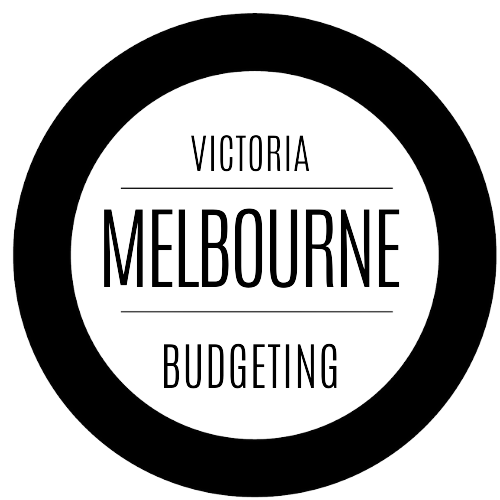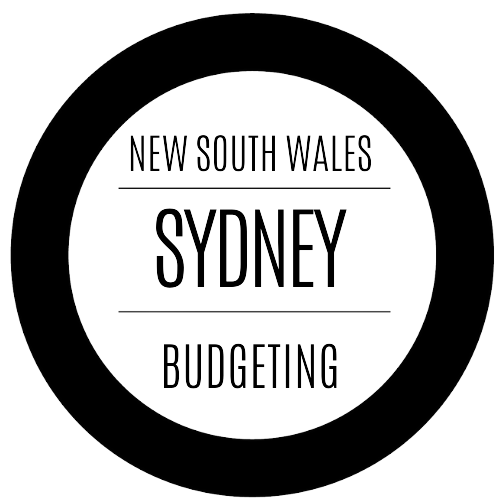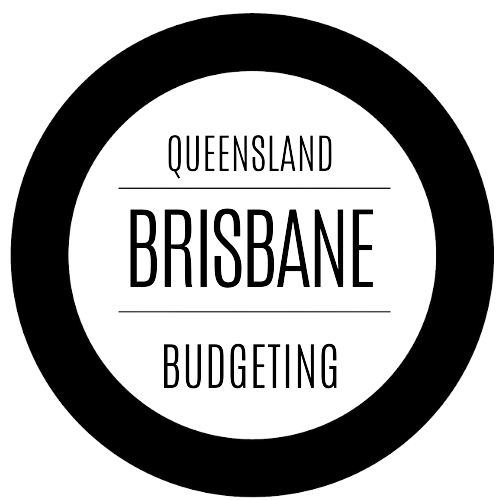Purchasing Your First Home – Being Borrower Ready
There are many factors that a borrower must consider before purchasing their first home. How much they can borrow, what their repayments will be and how it will affect their cashflow, but firstly, they will need to be “borrower ready.” What does being “borrower ready” actually mean?
When you first sit with a mortgage broker to have the conversation about borrowing for your first home a broker will ask you to complete their fact find which will have many questions such as what your current income is, what your living expenses are, what liabilities you have and what assets you own. Once this data is collected from you, your mortgage broker can start the process of identifying which lender is the right fit for you and which rate is the best available to you along with your deposit required and borrowing capacity.
There are many factors that lenders look for in their clients such as their spending conduct in the past, and whether or not the borrower has credit cards, a spouse, or children. These factors can all affect your borrowing capacity, the interest rate that you get offered, or even if the lender will lend to you or not.
Comprehensive Credit Reporting
With the introduction of comprehensive credit reporting, lenders now have reporting mechanisms in place, in line with your credit report and score to determine if you are the right fit for a client of theirs. They have access to 24 months of your spending behaviour and if they determine that your spending behaviour (in line with your credit report) has not been above board for the entire 24 months, they may reject your loan application altogether! Missed payments with your phone bill, electricity bill, providers such as Latitude Finance and Humm can put you in a “high risk” category purely due to your conduct when it comes to making the repayments, which is why it is of the utmost importance that if you choose to use these services, you pay in full each and every single time to ensure your credit score is not marked.
Solution – Always pay your bills on-time. Avoid high risk purchases on any card, credit or debit, for these are marked on your statements for the next 24 months.
Buy Now-Pay Later
AfterPay, ZipPay, Latitude and Humm will all mark your credit report if you miss payments. ZipPay mark your credit score when you sign up as they do a credit check on you prior to using the service. If you miss a payment with AfterPay a “late fee” is marked on your bank statement and a lender will have access to 24 months of your bank statements. If they see you are high risk by using these services irresponsibly then you will not be approved for a home loan, or if you are, the rate of interest charged and offered to you will be much higher than what is competitive in the market today. You may not deemed as an “ideal client” for the lender.
Solution – Consider not using these services at all! 24 months is a long time that lenders can look back at your spending behaviour and if they can determine that you have relied on AfterPay for the last 24 months consistently, they can determine that you cannot save money, and that make “desperate” purchases. Lenders are risk averse (scared of risk) and will not look favorably on these behaviours.
Credit Cards
If you have a credit card, the amount of the limit of the credit card can be used against you as “perceived debt” even if the card is paid off in full. Multiple credit cards can have a limitation on your borrowing capacity, as do high borrowing limits on these cards.
Solution – Cancel or reduce the amounts of your credit card prior to applying for finance. If your credit card is a $2000 limit, consider saving this amount and putting it onto a debit card so you can use a debit card instead, and when you spend funds on this card, top it back up with your pay cycle so you always have a back-up plan. Just note, anything purchased on a debit or credit card will remain on your statement for the next 24 months. Avoid high risk purchases as these are documented and could be used against you.
Living Expenses – Declared VS Actual
Part of the fact find for the mortgage broker is to ask the borrower to declare their living expenses. The next part of the process is for the broker to get your bank statements and compare declared vs actual. The comparison is what you “say” your living expenses are and what the “actual and factual” living expenses are. 9 times out of 10 declared and actual are very different, and this is where many borrowers and mortgage brokers struggle, as it is a huge part of getting your home loan across the line. With the recent royal commission “living expenses” used to be a one field tick and flick on an application for your home loan, with some lenders this is now up to 20+ fields of information for the broker to complete, and get 100% correct based on the information provided by the borrower, backed up by actual facts of bank account conduct.
Solution – Create a budget! Set ONE account for all your “expenses” including all your direct debits so that when your broker/lender asks you to provide your “actuals” you are only handing them one statement. Plan your weekly spend so that you are taking out a consistent amount of funds each week and demonstrate what the monies are for by giving your budget to your broker. Your budget, in line with your bank accounts and transfers that you have set up; in line with your budget can be used as “supporting documentation.” Once you have an established budget you can demonstrate to your lender that you are serious about money, and are not a high-risk client. This will put you ahead of the rest of the pack and make you a perfect match for any lender. (FYI – this is what we, at Adelaide Budgeting excel at with our clients).
Household Expenditure Measure & Servicing Rates
HEM is a standard benchmark that some banks use to estimate people’s annual living expenses, and it is based on your income, location, family size and type of lifestyle (student, basic, moderate or lavish) which determine an estimate of your expenses. If you cannot determine living expenses with the steps above then HEM will be used as a “guide,” but it must fall in line with your bank account conduct (actual vs factual).
Servicing rates, above and beyond what your home loan rate are also used in “serviceability” for your loan to ensure that if rates rise, that you can afford your repayments. Say you want a home loan that is at 3%, a “servicing rate” is typically higher by a few percent, and in recent times, was over 7%. What it meant was that if you couldn’t afford to make repayments at 7% of what you wanted to borrow, and even though the rate of the loan you were applying for was much lower, a lot of borrowers were rejected from lending making it much harder to obtain finance for your first home. Servicing rates and HEMS are two parts of responsible lending that lenders must adhere to.
A couple with 2 children, earning between $85,000 to $106,000 would have an estimated HEM of just over $3,400 monthly minimum to be able to service their loan. Based on these figures you would receive between $7,000-$8,830 per month of income (less tax), less your HEM of $3,400 per month meaning you should have between $3,600 and $5,430 per month surplus in your bank account (less tax). We often see clients in the above scenario earnings bracket with zero savings and every dollar gone each pay cycle. How could this be?
Solution – Borrowers need to have clear and consistent budget which incorporates saving, spending and debt management and incorporate a savings plan over an extended period of time, where these funds are not touched, and grow consistently each pay cycle. A good start is to save 10% of your income by saving before you spend and set a budget that only spends 90% of your income. If you find this an easy feat (many people do struggle), then consider saving 20% and live off 80% of your income. Meal prep, bargain hunt and stick to consistent spending whilst living with your budget is all core to succeeding on this journey. We have clients currently saving over 40% of their income and living off 60% of their budget. Are you ready for massive positive change in your life? It is easy once you have the right budget in place!
If you want an edge over other borrowers, to really get ahead, map out your life and own your first home then contacting Adelaide Budgeting is your first step. We help first time borrowers excel at getting their first home and have a vast network of professional mortgage brokers that help our clients to achieve their dreams. Whether it be borrowing for your first home, first investment property or refinancing your own home for a better deal, look no further than the team at Adelaide Budgeting to get you started off on the right foot and being borrower ready, first time, everytime.
Source
HEM – https://www.canstar.com.au/home-loans/household-expenditure-measure-explained/







